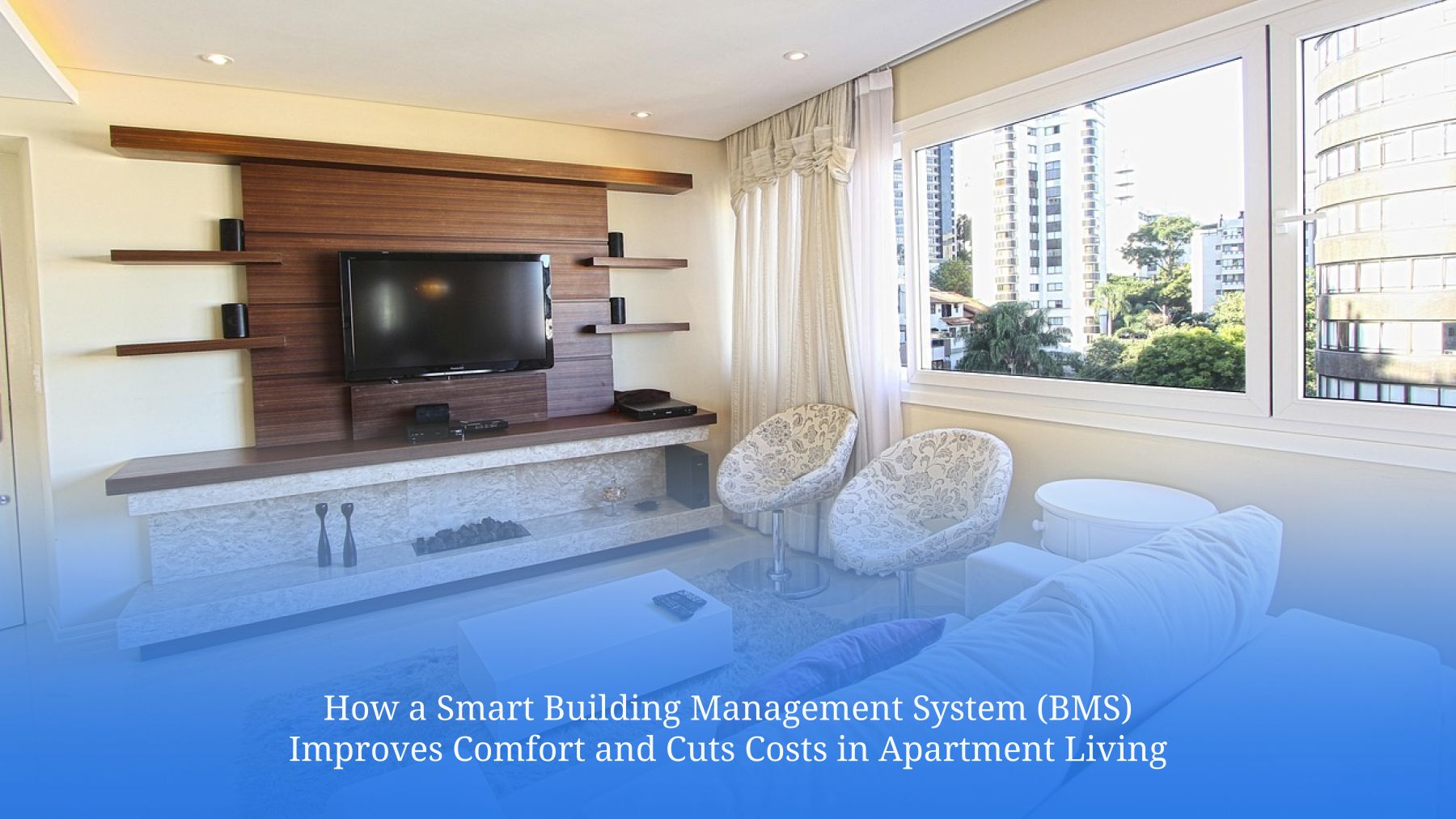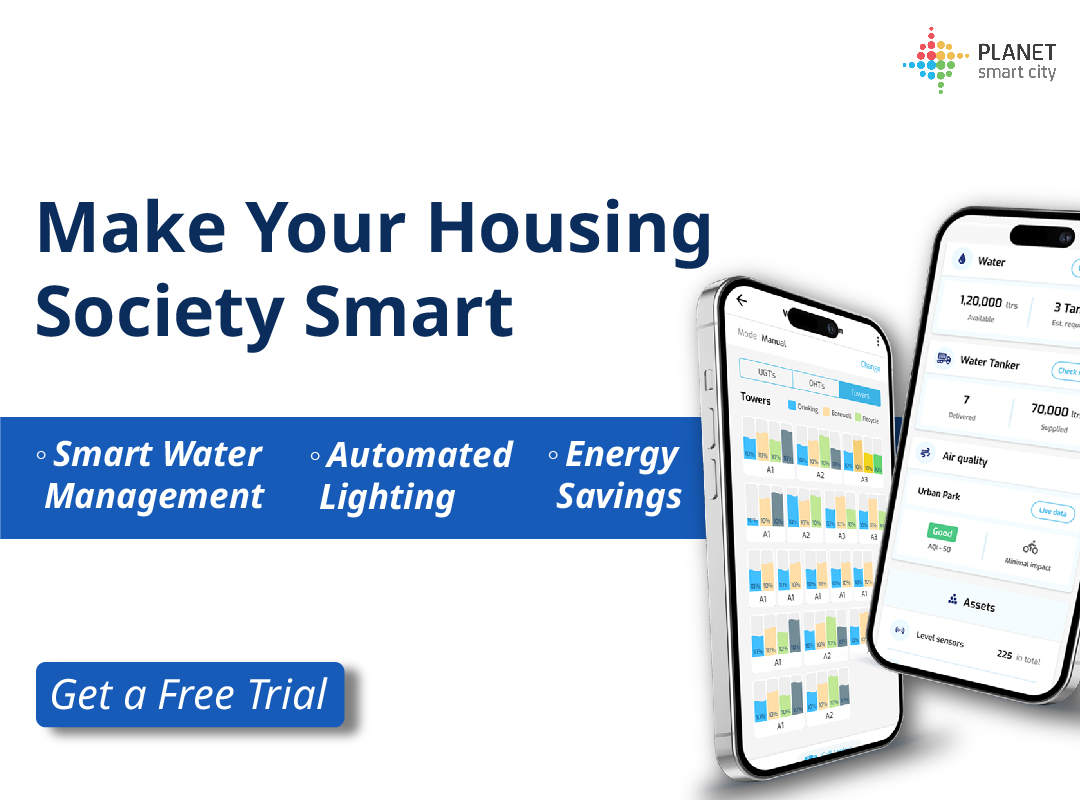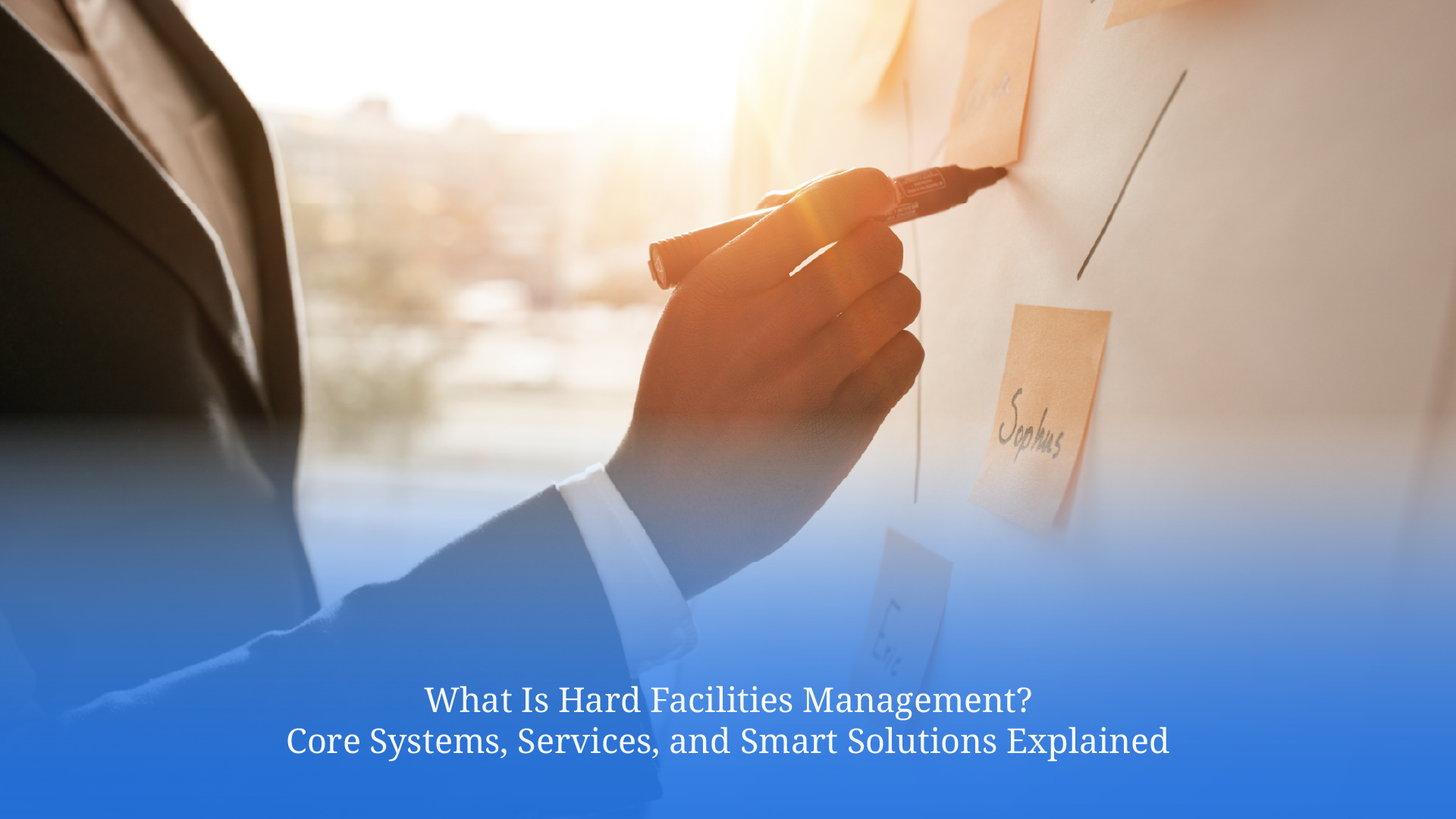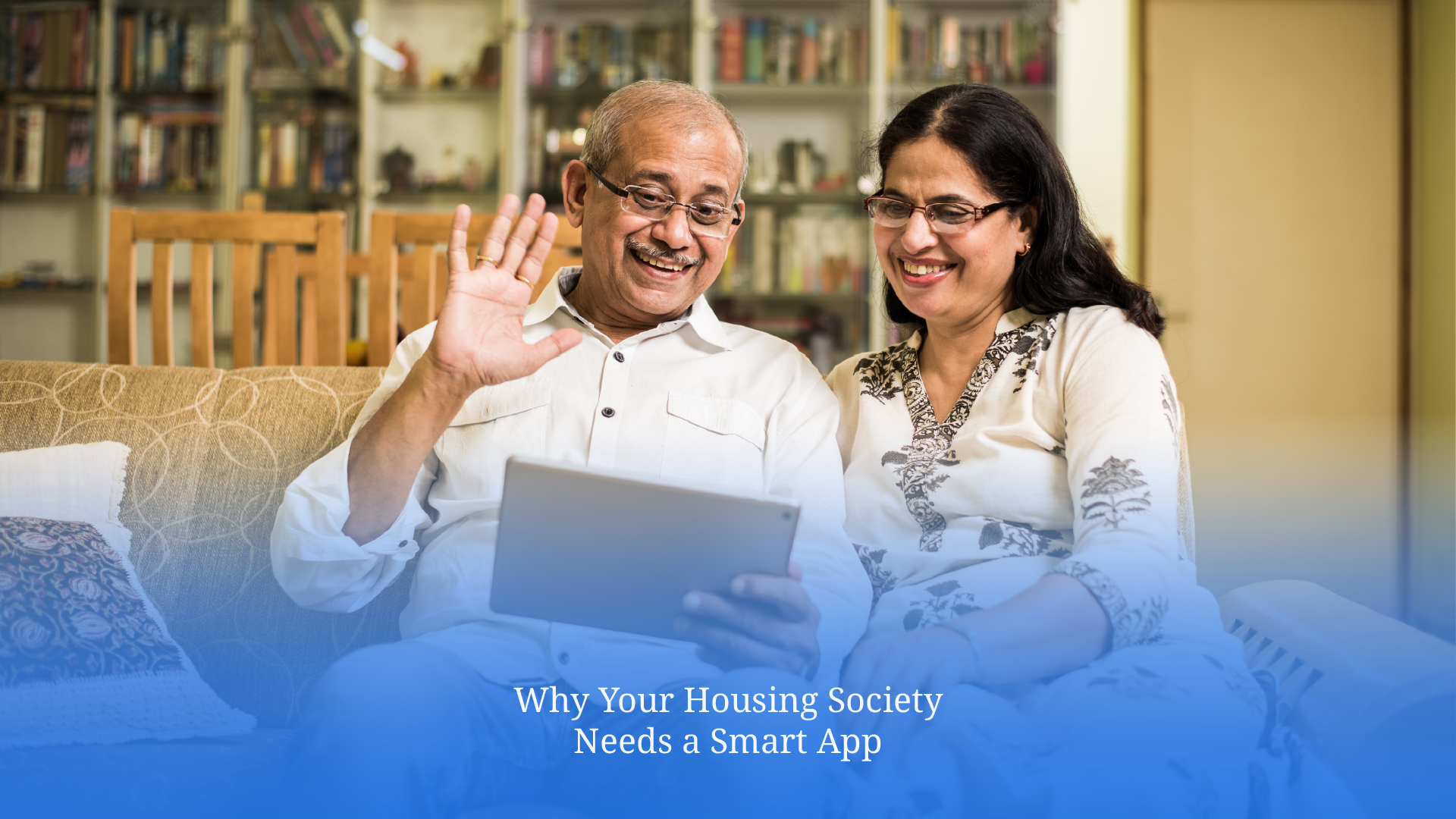How a Smart Building Management System (BMS) Improves Comfort and Cuts Costs in Apartment Living?

If you’ve ever wondered what a building management system is and why it’s becoming central to modern real estate, the answer lies in its unique ability to unite comfort, operational intelligence, and cost-efficiency into one seamless solution. A smart BMS acts as the digital nerve centre of a building. In this article, we shall explore the key features, core components, and transformative applications of the system.
Key Features and Functions of a Building Management System
To understand what is BMS system in depth, let’s first look at what defines its core functionality:
-
Centralised Control
A smart BMS consolidates the control of HVAC, lighting, security, energy, and water systems into one user-friendly dashboard. This unified access streamlines operations and allows property managers to make quick, informed decisions.
-
Automated Operations
Building management systems can schedule lighting, temperature, and ventilation based on time, occupancy, or external conditions. This maximises comfort and minimises waste without manual intervention.
-
Data Monitoring and Analysis
Constant monitoring of building performance data enables predictive maintenance and performance benchmarking. Over time, the system learns behavioural patterns and identifies inefficiencies.
-
Integration with Other Building Systems
A robust building management system connects seamlessly with fire safety systems, access control, lifts, water treatment, and even renewable energy sources. This holistic integration enhances operational efficiency.
-
Improved Energy Efficiency
Through precision controls and load optimisation, a BMS reduces energy waste. Automated dimming, occupancy sensors, and demand-controlled ventilation are just a few tools used to cut utility bills substantially.
-
Enhanced Comfort and Safety
Temperature zoning, air quality control, and real-time alerting contribute to a healthier and safer indoor environment. These features are particularly valuable in apartment complexes where varied comfort levels and needs must be addressed.
-
Remote Monitoring and Management
Facilities teams can oversee building performance from anywhere via cloud-based dashboards or mobile applications. This is ideal for proactive maintenance and emergency responsiveness.
-
Real-time Data Visualisation
BMS dashboards offer intuitive visualisation of energy use, system status, and performance KPIs. These insights empower residents and managers to engage with sustainability goals in a tangible way.
-
Support for Sustainability Goals
By optimising resource usage and integrating renewable sources, a smart BMS becomes a key enabler of low-carbon living. It also helps buildings meet green certifications such as BREEAM or LEED.


Core Components of a Building Management System
Here’s a look at a cohesive network of hardware and software components:
-
Sensors
These devices collect real-time data on parameters such as temperature, humidity, occupancy, lighting levels, and CO₂. Accurate sensing is essential for timely, context-aware automation.
-
Controllers
Controllers receive sensor data and execute commands based on pre-defined logic. They serve as the brain of the BMS, managing how various systems respond to changing conditions.
-
Actuators
Actuators translate controller commands into physical actions, such as opening dampers, adjusting thermostats, or turning lights on and off. They form the mechanical arm of the system.
-
Software and User Interface
The software layer enables configuration, control, and analytics. Modern BMS platforms offer intuitive interfaces that allow managers and residents alike to monitor systems, generate reports, and set preferences easily.
Transformative Touchpoints of BMS in Apartment Living
The versatility of a BMS lies in its ability to handle a variety of building services.
-
HVAC Control
Heating, Ventilation, and Air Conditioning (HVAC) systems are major energy consumers. BMS ensures optimal climate control based on occupancy, weather, and time of day.
-
Lighting Control
From daylight harvesting to motion-sensitive lighting, BMS supports a range of intelligent lighting strategies that save energy while enhancing ambience and safety.
-
Energy Management
Smart meters and load forecasting tools help identify consumption peaks and optimise load distribution, aiding in energy conservation and cost management.
-
Security and Access Control
Integrating surveillance cameras, access logs, biometric systems, and alarms, BMS enhances the physical security of apartments.
-
Fire and Life Safety Systems
BMS integrates fire alarms, smoke detectors, and emergency response systems into a unified platform. In the event of a threat, automated protocols can trigger ventilation shutdowns, unlock escape routes, and notify first responders.
Smart, Seamless, Sustainable: The Future of Building Management Systems
The future of building management systems is heading in an exciting direction. With AI, machine learning, and IoT becoming more advanced, systems will get smarter and more independent. Predictive maintenance will improve, and energy use will adjust automatically based on real-time needs.
Smart BMS will also play a bigger role in supporting smart grids and renewable energy. This means better coordination between residential buildings and the larger city infrastructure. On top of that, digital platforms for residents will continue to grow.
Building Management System: Where Infrastructure Meets Intelligence
A smart building management system helps turn information into practical actions. It works through two main parts: the physical systems in a building, like lighting, HVAC, and water networks, and the digital system that connects and manages them. This digital layer gathers data from thousands of touchpoints and turns it into live dashboards, predictions, and automated responses.
At Planet Smart City, our proprietary Planet SIM App connects with IoT-enabled infrastructure systems to provide useful information. It helps building managers use energy more efficiently, monitor system performance, and fix problems early, all through one platform. If you want to improve your project with smart solutions, explore how our technology is helping build communities that are more sustainable, connected, and ready for the future.




